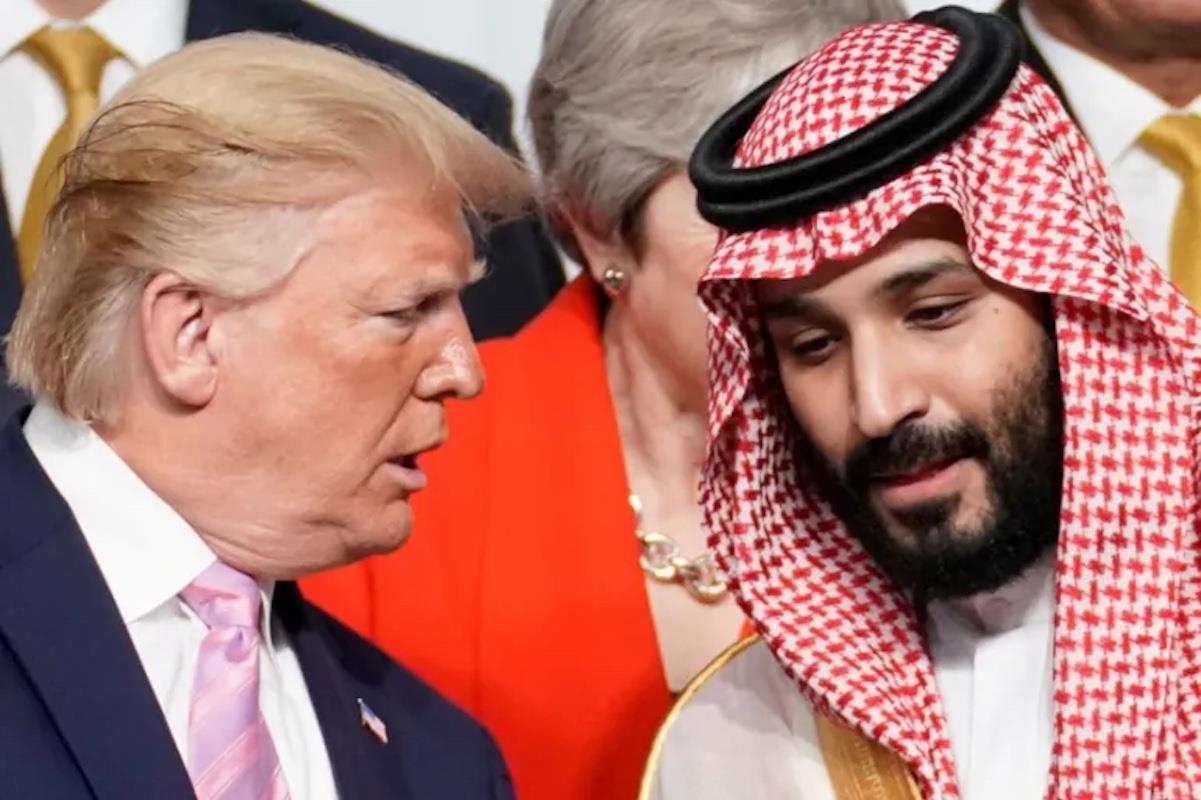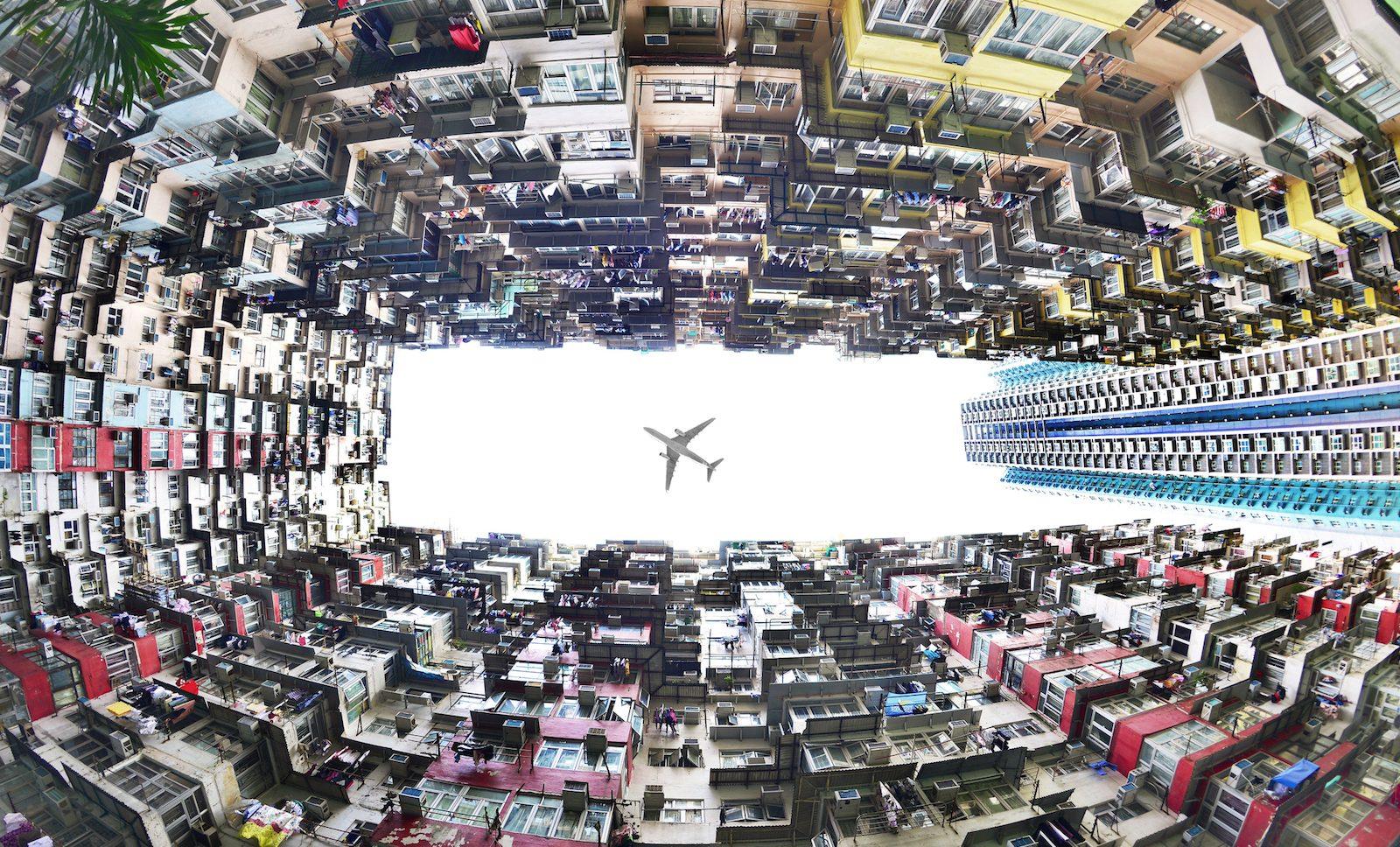
Indonesia Bets Big On Powering Trash At The Risk Of Wasting Cash
On paper, it answers a chronic public health failure, with tens of millions of tons of municipal waste poorly managed every year, while promising new megawatts for fast-growing cities.
But the headline figures mask a complicated investment case, where the money will come from, how projects will be structured, who will build them and whether the outcome will be an industrial success, an environmental liability or simply a political showpiece.
The arithmetic is straightforward. Jakarta and other large urban centers generate thousands of tons of waste daily. The government wants each big plant to handle roughly 1,000 tons per day and has estimated the program will cost tens of trillions of rupiah, or roughly US$5.5 billion in total funding needs.
Sovereign vehicles and public-private partnerships are already positioned at the center of the plan. Danantara, the new state sovereign fund, has announced it will kick-start at least eight projects and underwrite technical studies, while the state utility PLN is expected to buy WtE plant-generated electricity under standard offtake arrangements.
Financing will be a hybrid of sovereign capital, private equity and developer finance, with revenue streams dependent on a mix of tipping fees, power purchase agreements and possibly special instruments pushed by Jakarta, such as so-called“patriot” bonds or other green financing vehicles.
Several reports indicate a lively pipeline of bidders, with dozens of domestic firms and at least 50 foreign companies expressing interest in tenders. Those private players will likely demand long-term guarantees, including a secure feedstock of municipal waste and predictable tariffs.
Recent developments reinforce both the promise and risk. Danantara Indonesia, the state's new sovereign wealth fund, has announced plans to take direct equity stakes in several waste-to-energy projects, starting with pilot ventures on the islands of Java and Sumatra.
The fund argues that equity participation will accelerate project bankability and attract private co-investors, reducing reliance on state guarantees.
Yet this shift also places Danantara at the center of potential conflicts of interest, where the same entity that facilitates investment also becomes a shareholder. Without a clear firewall between policy oversight and profit motive, governance risks could multiply.
Media reporting further reveals that Danantara's involvement is framed as part of Indonesia's green industrial strategy, bundling WtE projects with waste management reforms and local technology partnerships. While this signals a more integrated approach, it also raises questions about execution capacity and transparency.
For a sovereign fund barely two years old, managing complex infrastructure portfolios while ensuring environmental and social safeguards will test its institutional maturity.
The success or failure of these early WtE stakes may therefore determine Danantara's credibility as a catalyst for sustainable investment, or expose it as another politically driven experiment in green industrialization.
Who builds what matters. In successful WtE stories, Denmark's Amager Bakke being the archetype, plants were designed as combined heat and power assets and integrated into district heating networks that greatly improved their economics while minimizing per-ton emissions.
Latest stories
The next war we already saw: Taiwan

Time for US to ditch its Saudi alliance

US-China tech empires in a race to cement supremacy
High environmental standards, strong public ownership or municipal consortiums and robust technical operators made a difference. By contrast, other markets have overreached.
China's rapid build -out of incinerators in recent years has outpaced available waste streams in some areas, leaving plants underutilized and financial returns disappointing.
So, will WtE plants be a good investment in Indonesia? The short answer: it can be but only under tight and strict conditions. WtE projects are capital-intensive and sensitive to three interlocking risks: feedstock reliability, regulatory stability and environmental compliance.
Where cities can guarantee volumes or where regional governments are contractually obliged to deliver, where PPA prices are realistic, and where heat offtake or other ancillary revenues exist, investors can expect reasonable returns.
Without such guarantees, internal rates of return erode quickly and debt service becomes a problem. The China example is a cautionary tale of capacity built before economics were secured.
Governance and environmental trade-offsBeyond finance, the social and environmental questions loom large. Modern incineration technologies dramatically reduce emissions compared with older plants, but they are not emission-free. Fly ash, bottom ash and micro-pollutants require regulated handling.
Indonesia's decentralized waste governance, the prevalence of informal recycling livelihoods and patchy environmental enforcement raise the specter that poorly structured projects could harm communities, undercut recycling incentives and create health and legal liabilities.
Corruption risk is another major concern. Projects of this scale, with large capital expenditure, complex procurement and new regulatory parameters, are inherently vulnerable to collusion, opaque contracting and political patronage.
Indonesia has institutional experience managing large infrastructure procurement, but the compressed timetable and concentration of state capital via Danantara heighten the need for rigorous governance safeguards. Failure to enforce transparent tenders, independent environmental monitoring, open data on tipping fees and offtake agreements, and community grievance mechanisms will invite both bad outcomes and political backlash.
For these reasons, Indonesia must view WtE plants not as a quick fix but as a test case of its ability to align climate ambition, industrial pragmatism and clean governance. The success of such programs is rarely about technology alone; it depends on how financial flows are governed, how local waste ecosystems are managed and how social inclusion is protected.
Informal waste pickers, who form a large part of the recycling economy, could be displaced if WtE plants absorb most of the waste stream. Unless their roles are formalized within the system, the human cost of modernization will be steep, creating friction that could undermine the policy's implementation.
Environmental performance standards, meanwhile, must be enforced not just on paper but in real-time operations. Continuous emissions monitoring with public dashboards and independent oversight can build public trust. The use of performance bonds tied to environmental outcomes can also deter cost-cutting that sacrifices safety or compliance.
As seen in some Southeast Asian countries, community resistance to WtE facilities often stems from a lack of transparency and fear of pollution, not necessarily opposition to the technology itself. Public consultation and education, therefore, should precede every new construction phase, making local acceptance an integral component of policy design.
If Indonesia gets this part wrong, it risks repeating the missteps of its own infrastructure history, projects that look impressive at launch but falter in maintenance, oversight, or sustainability. Without the discipline of good and transparent governance, the nation could end up burning cash while claiming to burn trash.
The irony would be profound, as an initiative meant to symbolize progress could instead showcase systemic weakness.
So what should Indonesia, and Danantara in particular, do to succeed? The first principle should be sequencing. Instead of attempting a simultaneous nationwide rollout, the government should adopt a phased, pilot-first approach.
Demonstrator plants should be launched in cities with proven feedstock, stable waste management and available heat offtake such as Jakarta, Bandung and Surabaya. Only after independent verification of technical and financial performance should larger rollouts follow. This staggered model allows lessons learned to be institutionalized before billions more are committed.
Second, procurement must be fully transparent. Every stage of the tender process, from bid evaluation to contract award, must be published, with clear disclosures of ownership structures and operator experience. The involvement of civil-society observers and independent auditors can strengthen credibility and deter backroom deals.
Governance must become a competitive advantage rather than a compliance burden. Investors and multilateral partners increasingly weigh transparency and ESG credibility as key risk factors in emerging markets, and Indonesia cannot afford to neglect this shift.
Third, WtE must be embedded in a broader circular economy strategy. Source separation of waste should be scaled up to increase the calorific value of residuals, while organic waste should be diverted to anaerobic digestion facilities to produce biogas or compost.
This approach will not only optimize WtE feedstock but also preserve the livelihoods of recyclers who handle non-organic materials. In the long run, circular economy integration can turn waste management into a diversified industry, combining recycling, composting and energy recovery under a coherent policy architecture.
Fourth, environmental safeguards must be non-negotiable. Performance bonds should be required from developers, ensuring financial accountability for emissions or waste leakage. Real-time data on plant operations, emissions and ash disposal should be made publicly available.

Sign up for one of our free newsletters
-
The Daily Report
Start your day right with Asia Times' top stories
AT Weekly Report
A weekly roundup of Asia Times' most-read stories
The adoption of international standards, such as the EU Waste Incineration Directive, can serve as a benchmark for domestic regulation. The credibility of Indonesia's green transition will hinge on whether these plants can meet or exceed such standards.
Fifth, financial prudence is essential. Sovereign capital should be used strategically to de-risk early projects, not to subsidize uneconomic ones. Blended finance should focus on projects that demonstrate commercial viability with measurable environmental and social returns.
Public money must never become a cushion for inefficiency or a disguise for political rent-seeking. If the investment climate is shaped by integrity and predictability, private capital will follow.
Finally, Indonesia's WtE agenda should align with its energy transition roadmap. Waste-to-energy is not a silver bullet but a component within a broader matrix of renewables, efficiency improvements and demand management.
The government should ensure that WtE capacity complements, rather than competes with, other renewable sources. A coordinated policy that connects urban waste management, power planning and industrial development would maximize synergies while minimizing stranded assets.
Indonesia's WtE ambition could indeed be a pragmatic answer to a visible problem by reducing overflowing landfills, reclaiming energy value and stoking industrial activity. But ambition without discipline could make it an expensive experiment, with a herd of white-elephant plants that burn cash, not just rubbish.
With careful sequencing, rigorous procurement and a hard look at the social and environmental trade-offs, the program can deliver measurable benefits. Without those checks, it will be another high-profile infrastructure push that solves little while creating big, new liabilities.
Ultimately, governance will decide whether Indonesia burns trash or burns through scarce funds. The lesson from global experience is clear: technology and capital cannot compensate for weak institutions.
If Danantara and its partners can prove that large-scale green infrastructure can be both clean and cleanly governed, Indonesia will set a new benchmark for developing economies. But if the process succumbs to the familiar patterns of opacity and political capture, the cost will be borne not only in wasted funds but in lost public trust.
The WtE experiment, therefore, is not merely about electricity generation. It is a mirror reflecting how Indonesia manages ambition, discipline and accountability in its green transition.
Ronny P Sasmita is senior analyst at Indonesia Strategic and Economics Action Institution.
Sign up here to comment on Asia Times stories Or Sign in to an existing accounThank you for registering!
An account was already registered with this email. Please check your inbox for an authentication link.
-
Click to share on X (Opens in new window)
Click to share on LinkedIn (Opens in new window)
LinkedI
Click to share on Facebook (Opens in new window)
Faceboo
Click to share on WhatsApp (Opens in new window)
WhatsAp
Click to share on Reddit (Opens in new window)
Reddi
Click to email a link to a friend (Opens in new window)
Emai
Click to print (Opens in new window)
Prin

Legal Disclaimer:
MENAFN provides the
information “as is” without warranty of any kind. We do not accept
any responsibility or liability for the accuracy, content, images,
videos, licenses, completeness, legality, or reliability of the information
contained in this article. If you have any complaints or copyright
issues related to this article, kindly contact the provider above.


















Comments
No comment